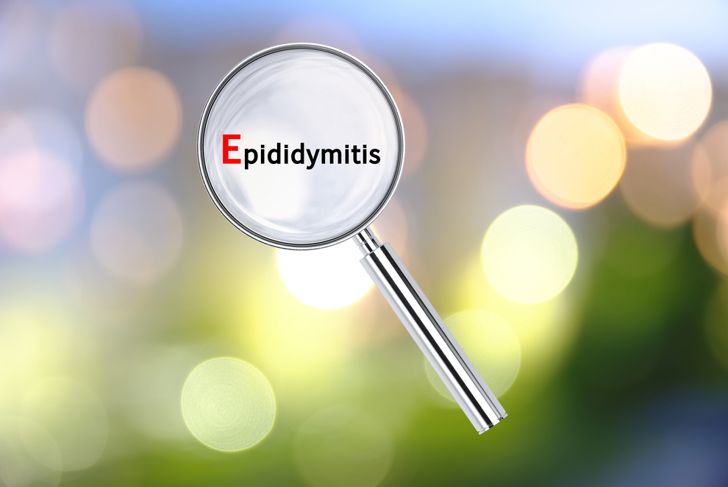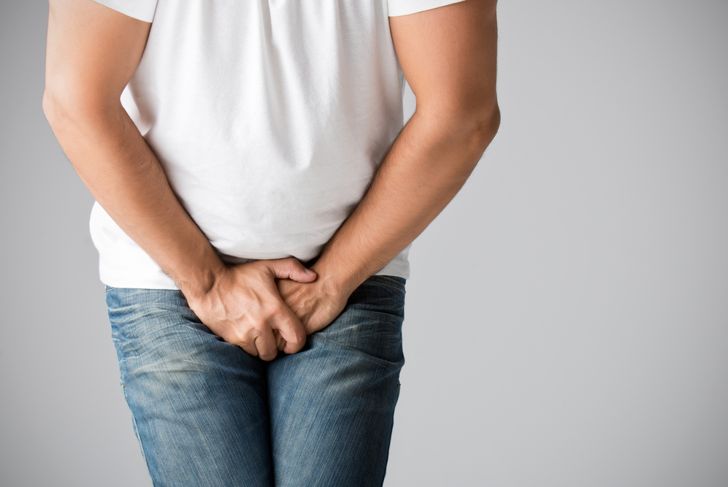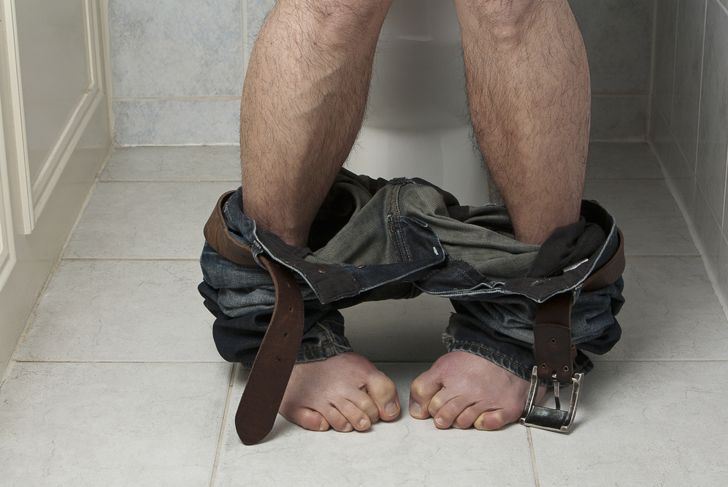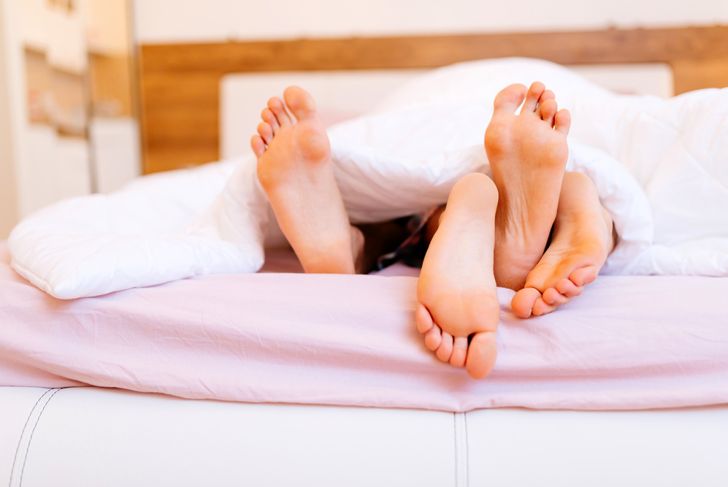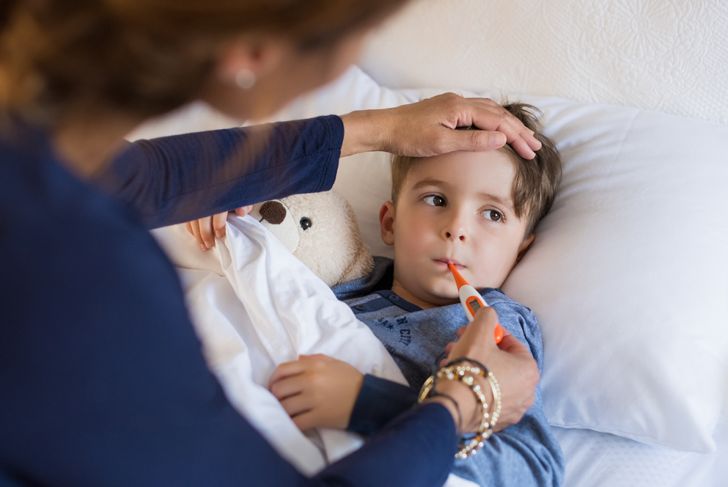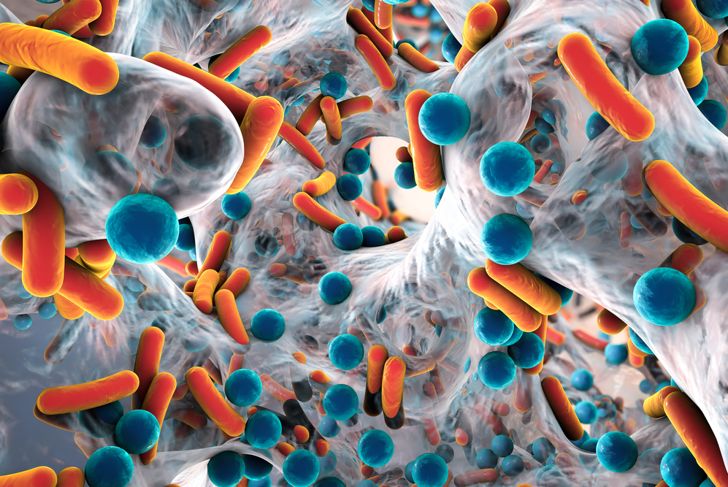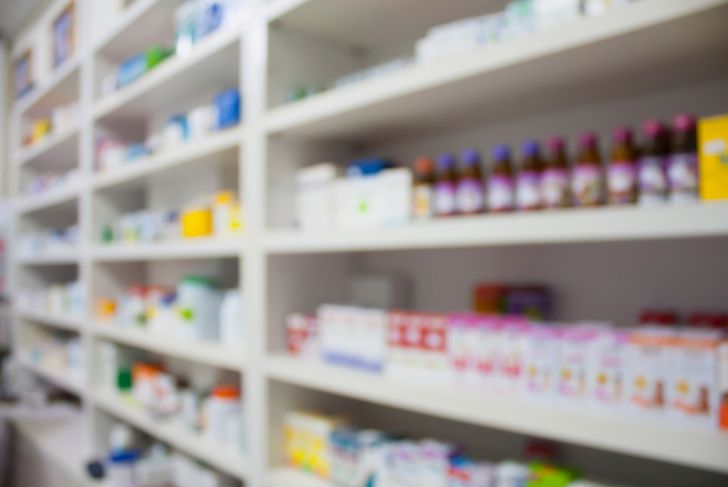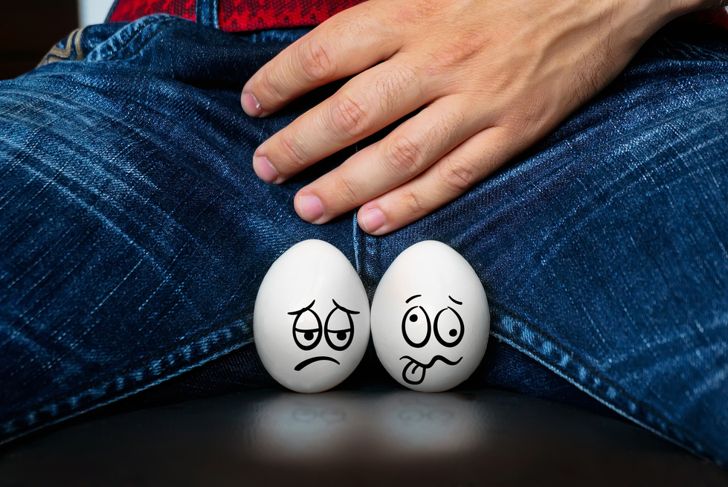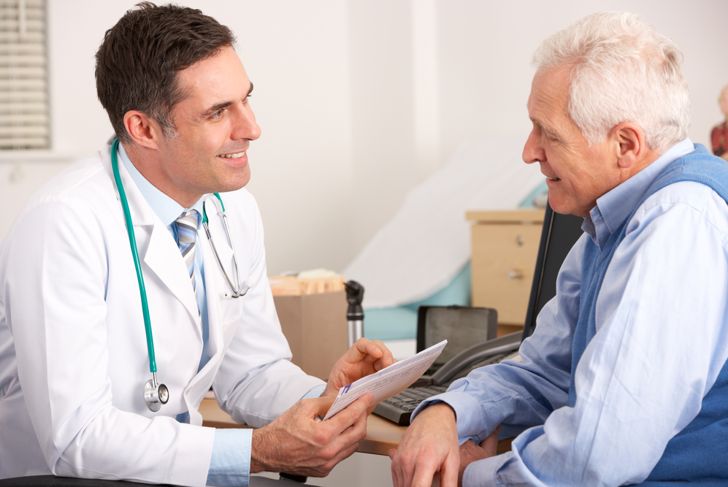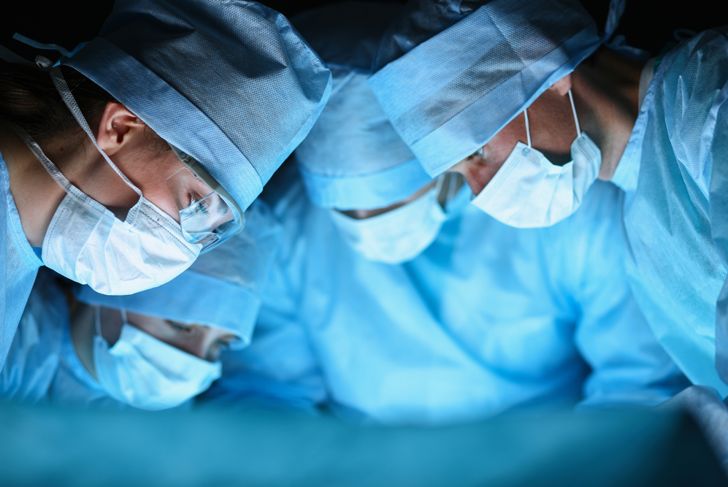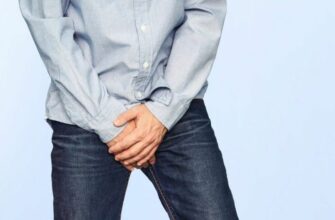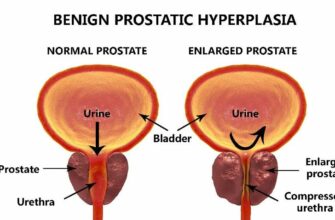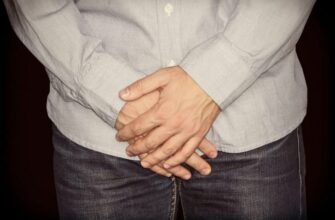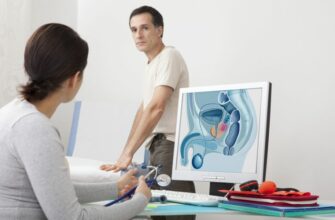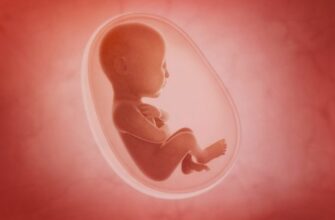The epididymis is a coiled tube that stores sperm and connects to the vas deferens. Epididymitis is when this part of the body becomes infected and inflamed. Either a sexually transmitted disease (STD) or a bacterial infection causes this condition. In some cases, an enlarged prostate gland or an injury to the groin can cause inflammation of the testicle, too. Although males can experience epididymitis at any age, it is more common between 14 and 35 years of age. Keep reading to learn more about the symptoms of epididymitis and possible treatment options. If you experience any of these signs of epididymitis, contact your medical provider immediately.
Symptom: Inflammation of the Scrotum
If your scrotum is red and swollen, you might have epididymitis. Besides inflammation, your scrotum may also feel abnormally warm. The lymph nodes in the groin area may also be enlarged and swollen. You should never ignore these symptoms. Although a variety of health ailments can cause scrotal swelling, you should seek medical treatment immediately to avoid any permanent damage.
Symptom: Testicle Pain and Tenderness
Another common sign of epididymitis besides scrotal inflammation is a noticeable pain or tenderness in your testicle. This sensation generally happens on one side only and may develop gradually. If you notice a pressure or pain in the testicles, seek emergency treatment right away so you can diagnose the symptoms and start a treatment plan.
Symptom: Painful or Frequent Urination
Epididymitis can cause painful urination. Besides that, you may experience urgent or frequent episodes. Pain during a bowel movement might also occur. If you find yourself using the bathroom more than usual or have pain associated with urination, then consult with your medical professional. The symptoms of epididymitis may seem mild at first, but if left untreated, it will only get worse.
Symptom: Discharge from the Penis
Anytime you have abnormal penile discharge; you need to seek emergency treatment. Discharge from the penis is a sign of epididymitis as well as other health conditions. You should never have pain during sexual intercourse, either. If you experience pain during ejaculation or have blood in your semen, do not hesitate to consult your doctor.
Symptom: Fever, Chills, or Body Aches
Although it is less frequent, a low-grade fever may be a sign of epididymitis. Chills and body aches may also be present in this condition. In some cases, discomfort or pain in the lower abdomen or pelvic area may also be a sign. Chances are you will experience the other more common symptoms opposed to a fever, chills, or body aches.
Treatment: Antibiotics
If you contracted epididymitis or epididymo-orchitis because of a bacterial infection, then antibiotics are required for treatment. It takes about two to three days for the antibiotic to start working, allowing your symptoms to clear. Even if you feel better beforehand, take the entire prescription of antibiotics to ensure the infection does not return. Epididymitis that is caused by a sexually transmitted infection will still require antibiotics, but your sexual partner will also need medical treatment.
Treatment: Pain Medication
Although a prescription is necessary to treat epididymitis, you may also want to take over-the-counter pain medication in the meantime to help ease the symptoms. For example, painkillers are great for relieving pain while anti-inflammatory drugs can help with other symptoms.
Treatment: At-Home Remedies
Epididymitis usually causes considerable pain. To ease your discomfort: Several at-home remedies can reduce your discomfort as you heal from epididymitis. Your doctor will recommend you rest in bed and elevate your scrotum anytime you are lying down. Apply a cold pack to the warm, swollen area for as long as you can tolerate. Wearing an athletic cup for support may also protect your groin area. Avoid lifting any heavy objects or having sexual intercourse until epididymitis is clear.
Treatment: Drainage
In some cases, an abscess will form during epididymitis. In that case, your doctor may need to use a needle to drain the pus from the testicle. This treatment is usually a last resort, even though it is effective. However, other treatment options such as antibiotics and at-home remedies should always be completed first.
Treatment: Surgery
Besides draining the pus, your medical provider might suggest surgery to remove an abscess from the testicles. Epididymectomy is a surgery that removes all or part of the epididymis, which is the coiled tube that is attached to the upper, back side of the testicle and stores sperm. Surgery may also be recommended if you experienced a physical defect because of the infection. You and your doctor can discuss the benefits and risks of surgery.

 Home
Home Health
Health Diet & Nutrition
Diet & Nutrition Living Well
Living Well More
More